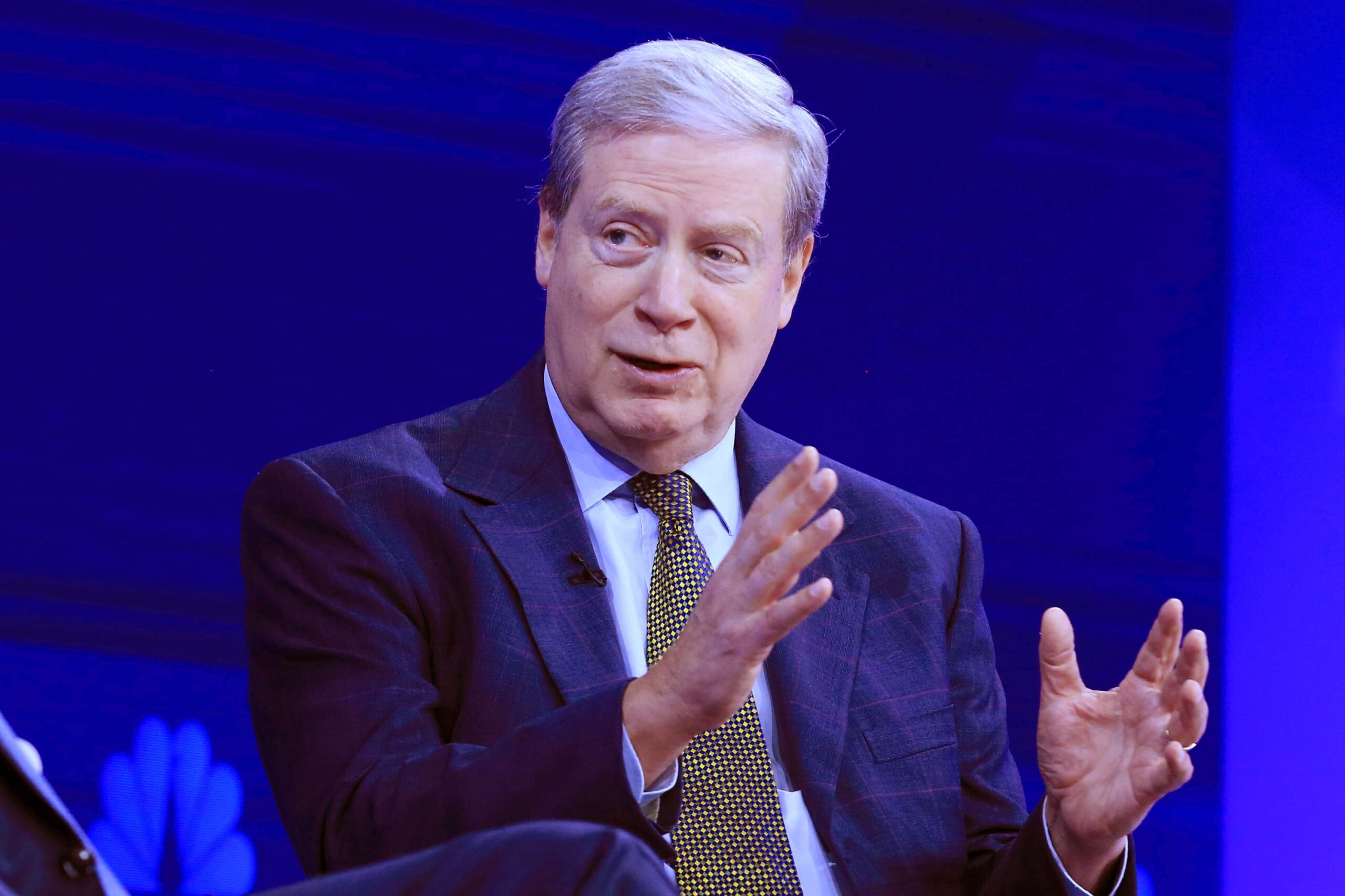Beijing: Chinese travel and spending during the Lunar New Year holiday exceeded levels from before the pandemic, adding to signs that consumption in the world’s second-largest economy is improving.
Some 474 million tourist trips were made around the country during the festival, which began Feb 10 and concluded Saturday.
That’s up 19% from the comparable period in 2019, state broadcaster China Central Television reported, citing data from the Culture and Tourism Ministry.
Total tourism spending for the holiday climbed nearly 8% from that year on a comparable basis, to 633 billion yuan.
China’s economy is searching for momentum this year as activity is challenged by a property slump, weak confidence and persistent deflationary pressures.
As the nation’s most important holiday, the Lunar New Year is a key barometer for measuring consumption.
Railway travel surged: for the period Feb 10-17, there were 99.5 million rail trips, 36% higher than the comparable period in 2019, according to Bloomberg calculations based on Transport Ministry and China Railway data.
“These are strong numbers,” Hui Shan, chief China economist at Goldman Sachs Inc wrote in a note.
Robust New Year tourism data are an “encouraging” sign that real household consumption growth can reach 6% this year, she added.
The data are likely to be closely watched by investors as markets reopen this week after a lengthy closure for the holiday, which was one day longer than usual.
The country’s shares listed offshore in Hong Kong and on the Nasdaq Golden Dragon China Index have rallied in recent days, underscoring room for onshore shares to play catch-up.
The travel and spending figures published last Sunday also blew past the numbers recorded in 2023. Domestic trips rose 34% and spending increased 47% year-on-year, CCTV reported.
Some 18 million passenger trips were made by air during the holiday, with the average daily number of trips hitting a record high 2.25 million, according to a report in CAAC News, the Civil Aviation Administration of China’s newspaper.
Box office ticket sales also picked up to reach more than eight billion yuan – a record high for the holiday period, CCTV reported, citing data from the China Film Administration.
Earlier data from Xinhua and Maoyan Entertainment had suggested a somewhat muted start for box office revenue.
This year’s bump, though, also reflects that the official holiday was a day longer than last year.
While the holiday data showed some improvement in consumption, economists have cautioned that travel spending isn’t sure to entirely offset weaker sales of durable goods.
Passenger car sales fell 26% in January compared to December, according to the China Association of Automobile Manufacturers.
Investors may also be looking out for additional stimulus and easing from Chinese policymakers to support the economy this year.
The People’s Bank of China last Sunday refrained from cutting a key policy interest rate as officials try to balance options for spurring economic growth with concerns about a depreciation of the yuan.
The room for action has become more limited given policy divergence with the US Federal Reserve (Fed).
Hot US inflation data published last week seemed to push off the possibility of an interest rate cut by the Fed until a bit later this year. — Bloomberg

